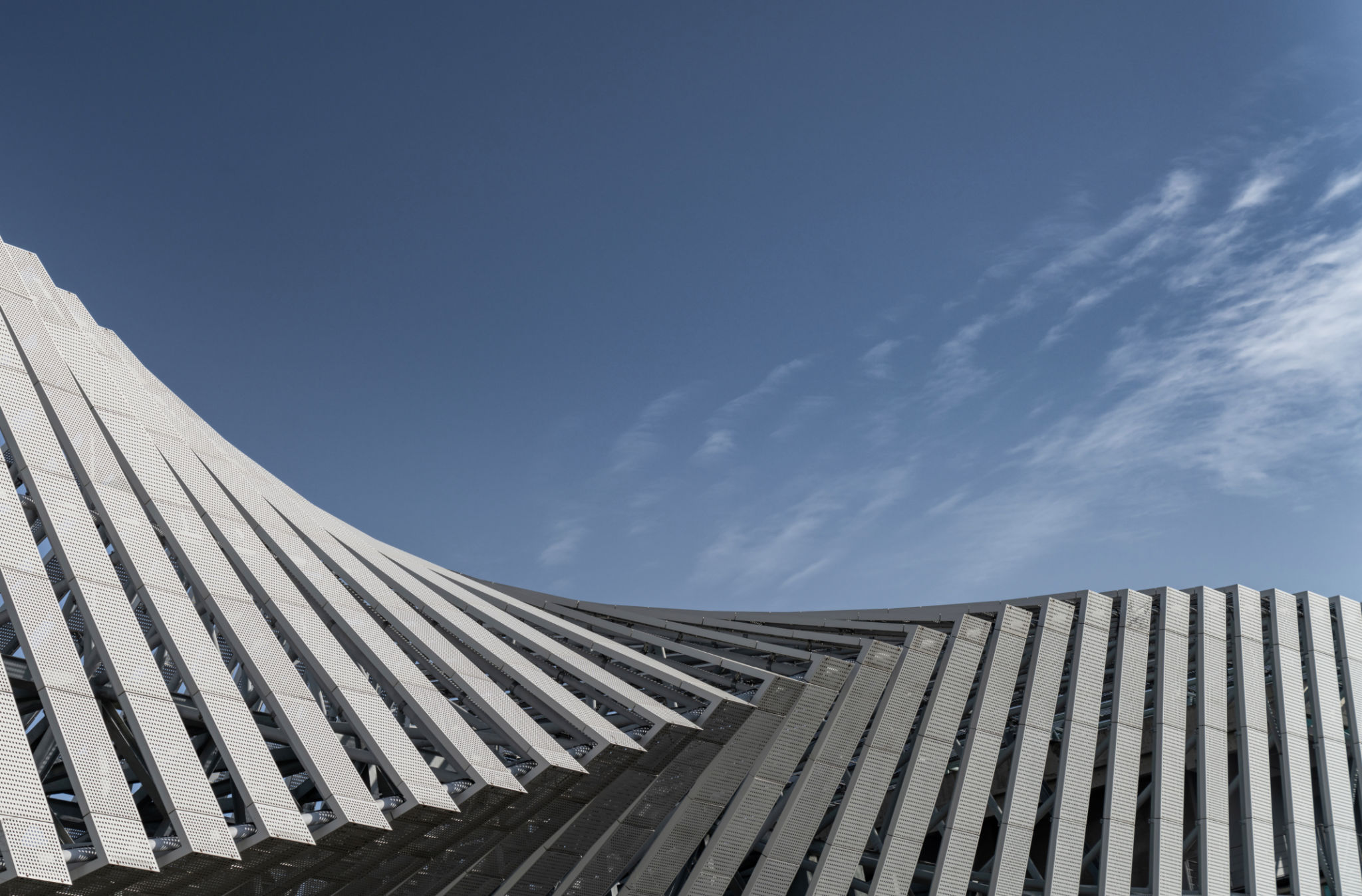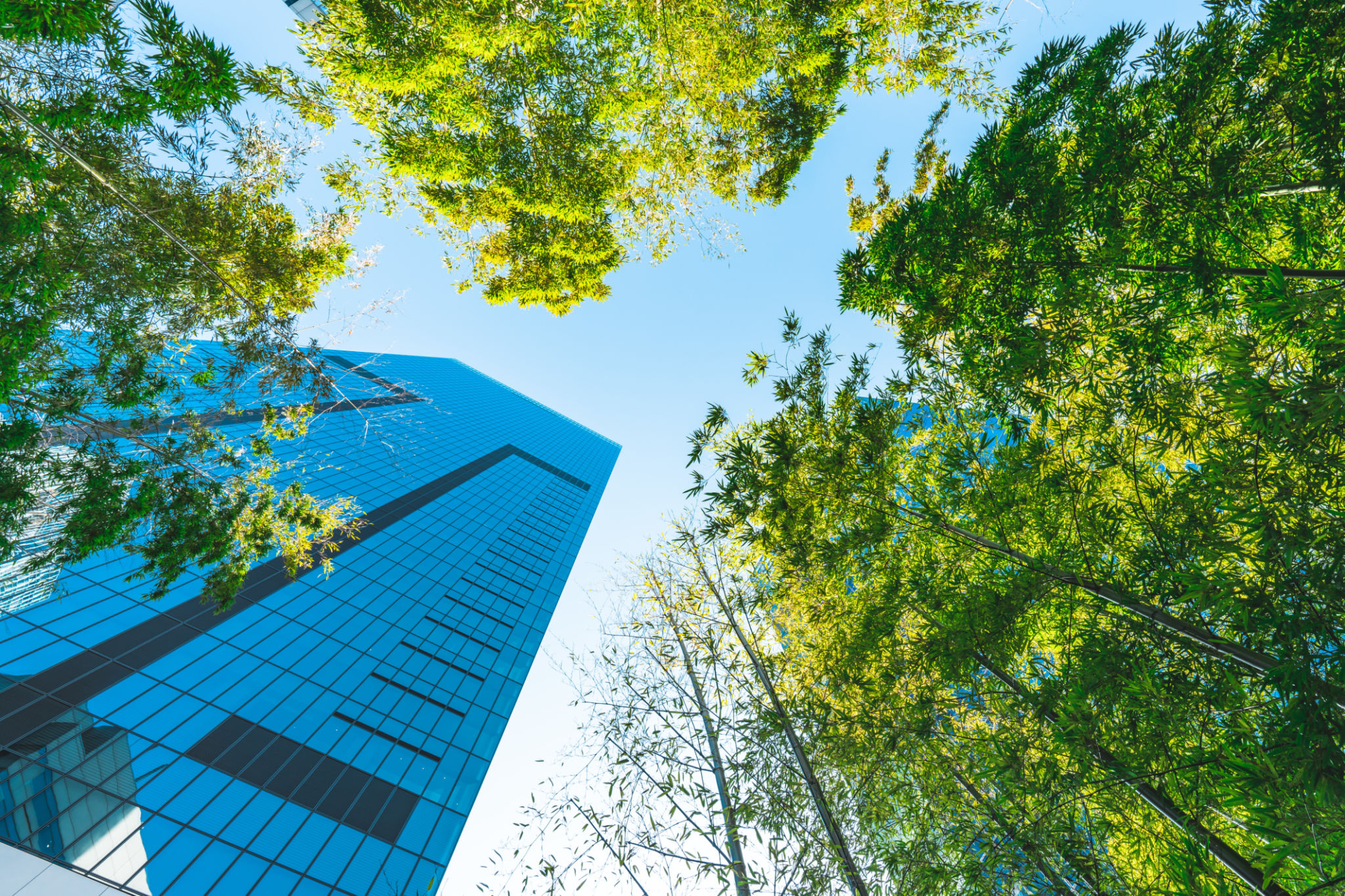The Benefits of Contemporary Building Designs: Why Modern Architecture Matters
AA
Embracing Change: The Rise of Contemporary Building Designs
Contemporary building designs have become increasingly popular in recent years, transforming skylines and residential neighborhoods across the globe. With their sleek lines, innovative materials, and sustainable practices, modern architecture offers a multitude of benefits that go beyond mere aesthetics. These designs not only redefine what buildings look like but also improve how they function, enhancing the quality of life for occupants and the surrounding community.

Innovative Materials and Techniques
One of the most significant benefits of contemporary building designs is the use of innovative materials and construction techniques. Modern architects are continuously exploring new materials such as recycled steel, glass, and composites to create structures that are not only visually appealing but also environmentally friendly. These materials often result in buildings with greater durability, reduced maintenance costs, and enhanced energy efficiency.
Moreover, contemporary designs often incorporate cutting-edge construction techniques. Prefabrication, for instance, allows for faster and more precise building processes, reducing waste and labor costs. This approach not only accelerates project timelines but also minimizes disruptions in urban areas.
Sustainability at the Forefront
Sustainability is a cornerstone of modern architecture. Contemporary building designs prioritize energy efficiency and environmental conservation. Features such as green roofs, solar panels, and rainwater harvesting systems are commonly integrated into new projects. These elements can significantly reduce a building's carbon footprint and operational costs.

Additionally, many contemporary buildings are designed to maximize natural light and ventilation, reducing the need for artificial lighting and air conditioning. This not only conserves energy but also creates healthier living and working environments for occupants.
Enhanced Functionality and Flexibility
Modern architecture emphasizes functionality and adaptability. The open floor plans and multi-functional spaces common in contemporary designs allow for greater flexibility in how spaces are used. This adaptability is particularly valuable in commercial buildings, where businesses can reconfigure their spaces to accommodate changing needs.
Moreover, contemporary homes often feature integrated technology that enhances convenience and security. Smart home systems allow residents to control lighting, temperature, and security settings from their smartphones, offering unprecedented levels of comfort and control.

Cultural and Aesthetic Impact
Contemporary building designs also make a significant cultural impact by reflecting the values and aspirations of the society they serve. Modern architecture often incorporates elements that celebrate local history or artistry while embracing global design trends. This fusion creates structures that are unique yet universally appealing.
From a visual standpoint, contemporary buildings often become icons of their cities, attracting tourism and boosting local economies. Their striking appearances can transform neighborhoods, creating vibrant communities that draw people together.
The Future of Modern Architecture
As we look to the future, contemporary building designs will continue to evolve, driven by advancements in technology and a growing emphasis on sustainability. The integration of artificial intelligence and smart building systems will further enhance the functionality and efficiency of modern structures.
The ongoing commitment to sustainability will also push architects to explore new ways of minimizing environmental impact while maximizing the benefits for occupants. As a result, contemporary architecture will remain at the forefront of innovation, shaping the way we live and work for years to come.
